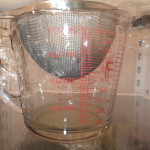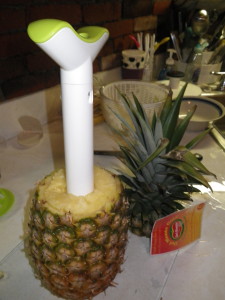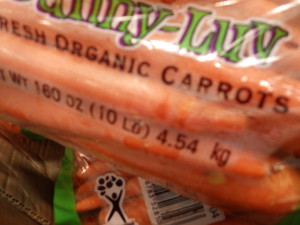 What should I do with 10 pounds of carrots?
What should I do with 10 pounds of carrots?
Actually, the first question should be “Why do I have so many carrots?”
The short answer is because I’m frugal. Carrots were on my grocery list; I use carrots frequently and consider them a vegetable staple. I can’t bear to spend $1 to $1.50 for a pound of carrots at the grocery store when I can get 10 pounds at our big box store for about $6. That’s just $.60 cents a pound — half the price, but a whole lot of carrots.
This large amount of carrots does cause a bit of a problem. Can I use them up while they’re still fresh?
Yes, I admit that there is a certain level of convenience in the bagged, ready-to-eat carrots. It’s no surprise that baby carrots are among the most popular items in the produce aisle, accounting for over 80% of all retail carrot sales.
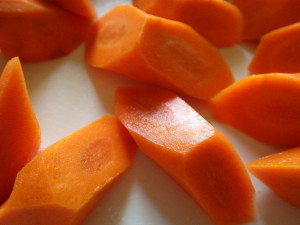 One pound of carrots equals 3 to 3½ cups of peeled and sliced, chopped, or grated raw carrots. In case you’re counting, one 7-inch-long carrot has only 30 calories. A single cup of grated carrots has 45 calories. And boy, there are lots of nutrients packed into those calories! Few other vegetables or fruits contain as much carotene as carrots, which the body converts to vitamin A. Carrots are also a good source of potassium, fiber, and vitamin C.
One pound of carrots equals 3 to 3½ cups of peeled and sliced, chopped, or grated raw carrots. In case you’re counting, one 7-inch-long carrot has only 30 calories. A single cup of grated carrots has 45 calories. And boy, there are lots of nutrients packed into those calories! Few other vegetables or fruits contain as much carotene as carrots, which the body converts to vitamin A. Carrots are also a good source of potassium, fiber, and vitamin C.
But now, back to my 10 pounds of carrots.
Storage of this many carrots can pose a conundrum. It’s best to store carrots in a plastic bag in the refrigerator, unwashed and uncut, until you’re ready to use them. Most references say that carrots will keep for at least two weeks this way. However, I think we’re more inclined to eat our vegetables if they’re ready to use — that’s why baby carrots and pre-cut carrots are so popular (and $2 a pound!). So I left some carrots uncut and sliced some others for easy snacking on the go.
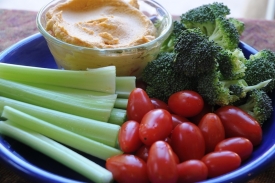 To use up my bounty, I turned to the Food and Health Communications recipe files. If you’re ever in the same boat as me, may I recommend the following recipes? They’re great for carrots!
To use up my bounty, I turned to the Food and Health Communications recipe files. If you’re ever in the same boat as me, may I recommend the following recipes? They’re great for carrots!
Anyway, I’ve done this before, and after a while my husband finally said, enough is enough, he can’t eat any more carrots. Which is fine, but what do I do with the few that are lingering in the crisper drawer?
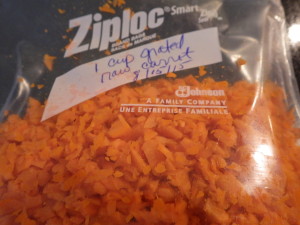 The answer: I chop or grate them and throw them in the freezer in 1 cup portions. The National Center for Home Food Preservation says that carrots should be blanched before freezing for the best quality and texture. Since I plan to use the frozen carrots in cooked foods, I don’t worry too much about this, but I do try to use them up sooner rather than later. I actually like to have this extra stash in the freezer, ready to go for soups and casseroles when I don’t have fresh carrots available.
The answer: I chop or grate them and throw them in the freezer in 1 cup portions. The National Center for Home Food Preservation says that carrots should be blanched before freezing for the best quality and texture. Since I plan to use the frozen carrots in cooked foods, I don’t worry too much about this, but I do try to use them up sooner rather than later. I actually like to have this extra stash in the freezer, ready to go for soups and casseroles when I don’t have fresh carrots available.
I’ve said this many times, a bargain isn’t a bargain if some of it goes to waste. But, in this case, I keep trying to convince myself that even losing a few last carrots would be cheaper than buying fewer at the $1.50 per pound price. I think I’m still ahead financially, but I admit, I had to work at it!
By Cheryle Jones Syracuse, MS, Professor Emeritus at The Ohio State University
Here are a few more cooking and shopping resources from the Nutrition Education Store. We’re here to help you look your very best, right now.

The Cooking Demo Book
And here’s a handout that offers a great introduction to carrots, including their nutrient profile, how to cook with them, and how to store them. Enjoy!
Sharol Cripe, RDN, LDN, has also sent in a fantastic carrot resource. Visit the Englewood Farmers’ Market homepage to see recipes for roasted carrots and carrots with a Moroccan twist!





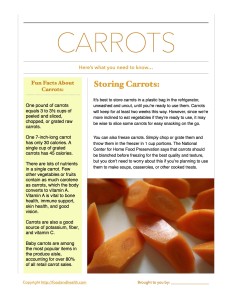
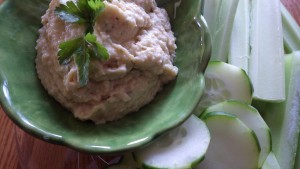
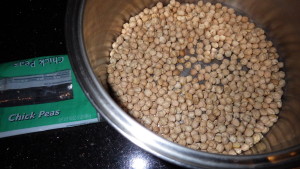
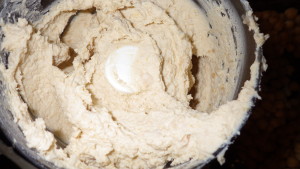
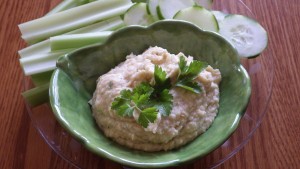
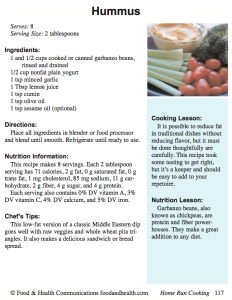
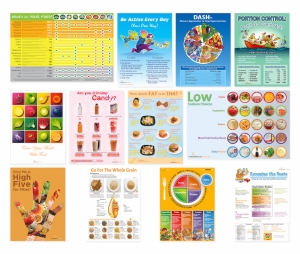

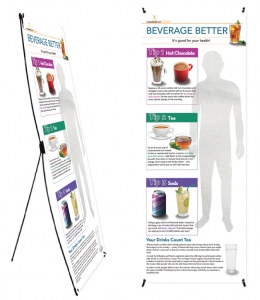

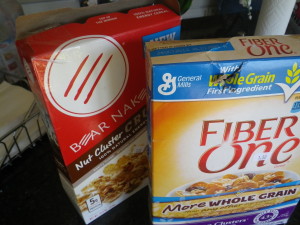
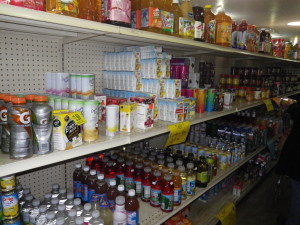
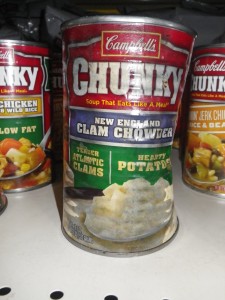
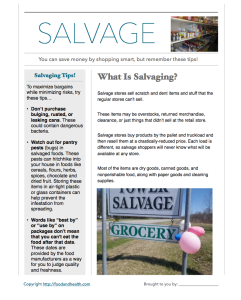
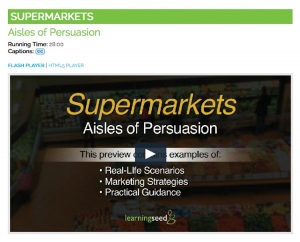

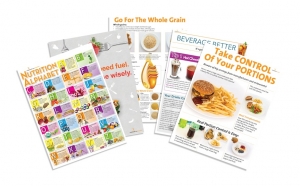
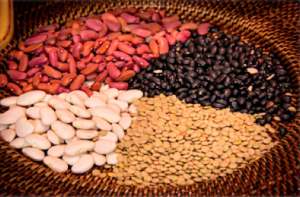
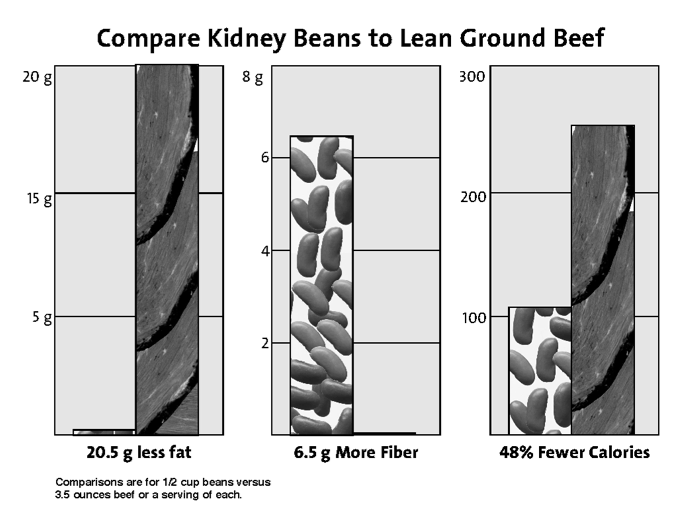
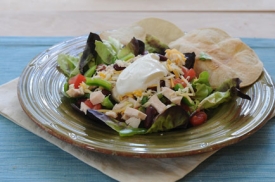
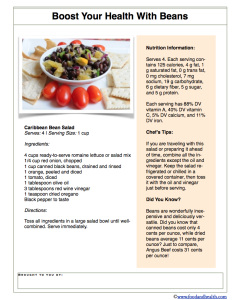
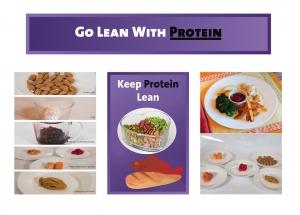
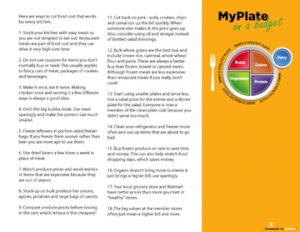
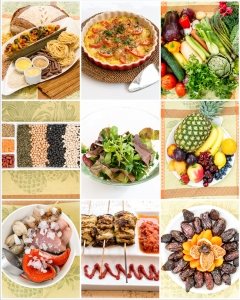

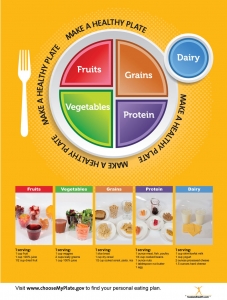
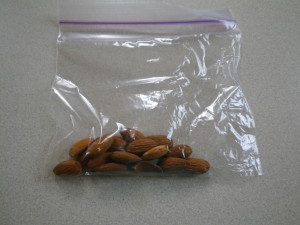



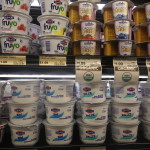 Whenever it’s discussed the conversation is always the same….Greek yogurt. …it’s so good…but so expensive.
Whenever it’s discussed the conversation is always the same….Greek yogurt. …it’s so good…but so expensive.